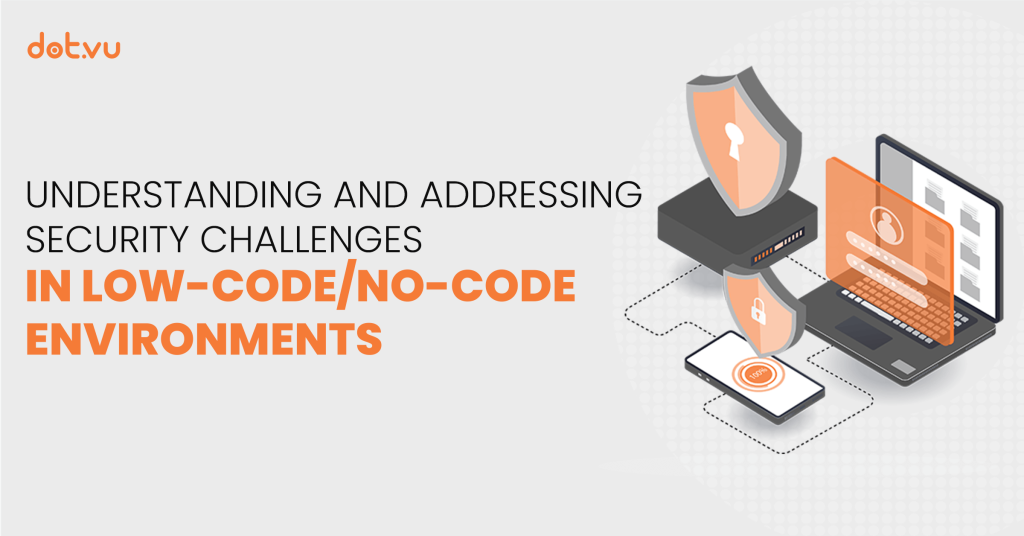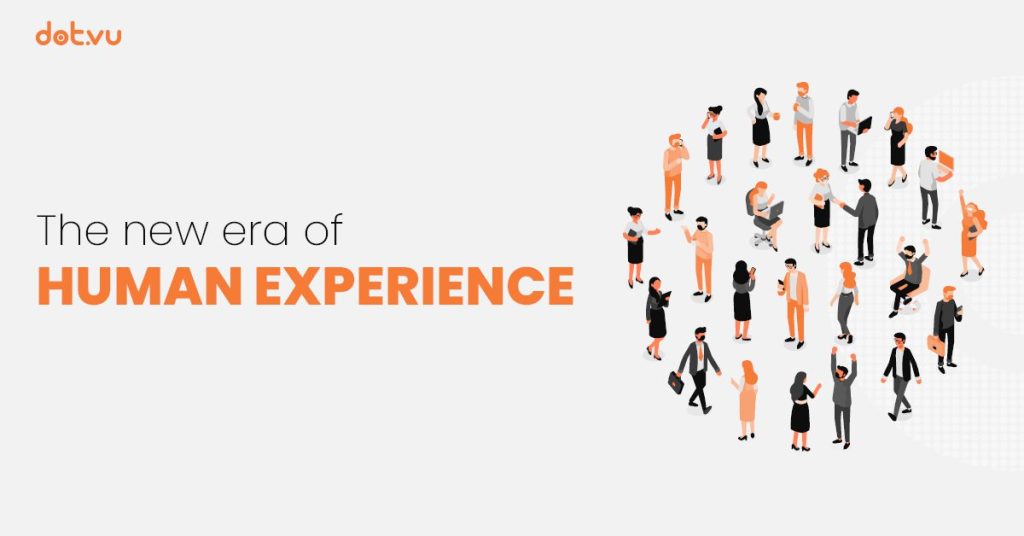
Technology modernization and automation call for new solutions. Enterprises that have been struggling to keep up with others can turn to low-code and no-code development solutions.
Both no-code and low-code options can be defined as rapid application development approaches.
The latter is great for users who have little coding experience but still want to create projects without burdening themselves with too much manual coding.
Low-code utilizes the drag-and-drop and pull-down menu interfaces, so there is a bit of hand-holding involved by developers curating the code. Examples of low-code applications include web and mobile app development, external plugin integration, and cloud-based technology.
Meanwhile, no-code is a simplified version of low-code. You do not have to bother with manual coding. Instead, users interact with visual tools.
Low-code is great for self-service apps, content management platforms, and data pipeline builders.
Between the two, no-code offers less flexibility because users come across limitations due to the nature of development platforms. Low-code still has room for code impact from the user. On the other hand, if you want a less complicated development environment, then no-code is the way to go.
In this blog post, we address 5 security challenges in low-code and no-code environments, and we provide 5 practical solutions.
Understanding the Security Challenges in Low-Code/No-Code
While low and no-code development creates opportunities for quicker application delivery, the methods come with some drawbacks.
One of the biggest issues is how low-code and no-code tools give little control over what is happening in the background.
You are not the one in charge of the code. Blindly trusting that the platform ensures enough security in the build is hardly a sound strategy.
Organizations choose low-code and no-code because the method reduces the time spent on developing a project. Since they are in a hurry, the odds are that they will not bother checking for potential security vulnerabilities either because it is another source of time consumption.
Leaving yourself open to cybersecurity attacks is a significant problem. As technology advances, so do cybercriminals who come up with new ways to penetrate secure systems.
For those with in-house coding solutions, monitoring and updating vulnerabilities is not that much of a concern.
On the other hand, low-code and no-code present security limitations, and organizations ought to know how to address potential challenges.
Related: Explore the best no-code Interactive Content tools for creating engaging online experiences

Top Challenges and Solutions
Challenge 1: User Profile Management
The zero-trust security model has become quite prominent in recent years. Its popularity can be explained by the shift toward remote and hybrid work models.
More and more employees are looking to get away from working in-house. However, tracking and identifying employee activity is much harder when they use devices like computers on a personal rather than community network.
Organizations have to put extra effort into controlling who has access to what when personal devices get involved.
Combine that with the fact that not all LC and NC options come with sufficient controls, enabling virtually everyone access, and you have a significant obstacle. At the end of the day, a person who is not familiar with the intricacies of coding and cybersecurity can harm the network by simply connecting to it.
Solution:
If giving up no-code and low-code development is not an option, organizations have to switch to environments with established and reputable user access controls. The setup has to include role-based access.
In addition, the platform ought to include two-factor authentication to introduce additional security layers.
Finally, organizations need to create a record of user logins and have a dedicated body monitoring and restricting access to users when appropriate.
Challenge 2: Shadow IT
Shadow IT is another example of a challenge that impacts software development. In a professional IT team, each member knows their way around the processes. There is no room for redundancies and errors. And if those occur, identifying and addressing them does not present a challenge if you have enough experience.
The situation changes when “citizen developers” enter the fray and use no-code and low-code applications to develop their projects or modify existing applications.
Supplementing functions with unsafe software that you cannot create with NC and LC is tempting, but it enables Shadow IT within the work environment.
Solution:
Organizations have to be strict about what applications and software are allowed. Firewalls and other security measures should be present on those employee computers that have nothing to do with the IT department. Preventing the download of potentially malicious data is a must to reduce breaches.
Whenever someone wishes to download and install an application, they should first talk to the IT staff. Only someone with enough technical knowledge should determine whether an app is safe to use.
Challenge 3: Lack of Visibility
Low-code tools still involve some manual coding from the user. Therefore, the option to view and edit the code exists for those who want it.
Unfortunately, the same cannot be said about the source code. Encryptions and other mechanics block access, preventing organizations from seeing what is exactly behind the development.
The lack of visibility and transparency is the opposite of what proper organizations should work toward.
Solution:
The solution to the visibility challenge is to choose transparent development platforms that provide you with all the necessary access. Transparency leaves no room for second guessing whether an organization should use the platform or not.
One other thing to note is whether your platform of choice is also up to modern standards. It should be compatible with GDPR and other regulations that are imperative these days.
Challenge 4: Business Logic Mistakes
It is one thing to develop software from an IT perspective and another when you develop from a business point of view.
Since no-code and low-code solutions simplify the process, application creation is no longer viewed as this scary technical work. The simplicity encourages “citizen developers” to give it a go, and those with a business mindset bring a different mindset.
Abandoning the IT perspective or lacking it in the first place means errors. And these errors are human-made, which means that tools struggle to identify them. Not to mention that when an amateur developer is not paying attention to errors they make, the whole thing continues to snowball.
A slight misstep, such as sharing sensitive information with someone, is enough to give cybercriminals an opportunity to strike.
Solution:
Despite the fact that NC and LC platforms are simple to use, business-minded individuals are better off avoiding them or collaborating with an IT department.
Mitigating the business logic flaws and risks associated with those flaws is no trivial matter. Whoever is in charge of a company-wide security protocol must also remember to cover the no-code and low-code aspects as well.
Challenge 5: Lack of Security Awareness
The simplicity low-code and no-code solutions bring with them encourage people with little to no coding experience to give it a go.
Coming in with a lack of security awareness is a significant challenge. The lack of control from the company and failure to realize potential threats while coding could lead to a plethora of problems.
For instance, an unsuspecting newbie coder could expose sensitive information about themselves or the organization. Or they might attempt to delete a corrupted file without knowing how to undo replace file Mac and other devices attempt when recovering important data.
Solution:
If completely blocking citizen developers is not an option for an organization, it should focus on raising security awareness throughout different departments.
The acceleration of technology and shortage of cybersecurity talent is one of those things that get overlooked. If companies encourage negligent work culture, including cybersecurity ignorance, there is no telling how much of a problem it could become.
Instead, supervisors should be up to the task of providing proper training to ensure that, at the very least, the right people have cybersecurity fundamentals. The training can come in the form of videos or digital documents.
Is Low/No-Code Still Worth It?
Despite present challenges, low and no-code development platforms still offer a fair few benefits, including:
- Adaptability for business solutions
Businesses have an easier time adapting to an ever-changing digital environment. Low and no-code solutions take less time to produce, so organizations can keep up with the trends and not fall behind the competition.
- Cost-efficiency
Lower costs mean more room to test different variations. Businesses do not have to invest as much money as they would hire a dedicated coder who has to build something from scratch.
Not to mention that costs increase depending on the demand. For some projects, it is common to overpay to get someone with enough experience.
- Fast development and integration
The rapid need for all kinds of IT solutions calls for a simplified version. Not needing to write code manually means the development is faster and does not take too long to integrate.
- Enhanced innovation
Innovation comes from solutions. Thanks to low-code and no-code environments, businesses struggle less to achieve their goals. The simplicity also reduces collaboration efforts between the IT and business side of things.
Conclusion
To sum it all up, the existence of security challenges in low-code and no-code environments presents a headache to aspiring citizen developers, established organizations, and experienced coders.
It is a struggle to always keep up with the latest cybersecurity trends so one can identify the risks and eliminate them. Security holes that are present in LC and NC add to the problem.
Nevertheless, the benefits of these solutions are too great in the digital landscape, which is why businesses tend to rely on both low-code and no-code.
Upping one’s cybersecurity game should be more than enough to deal with security challenges and get to enjoy all the great low-code and no-code brings to the table.



